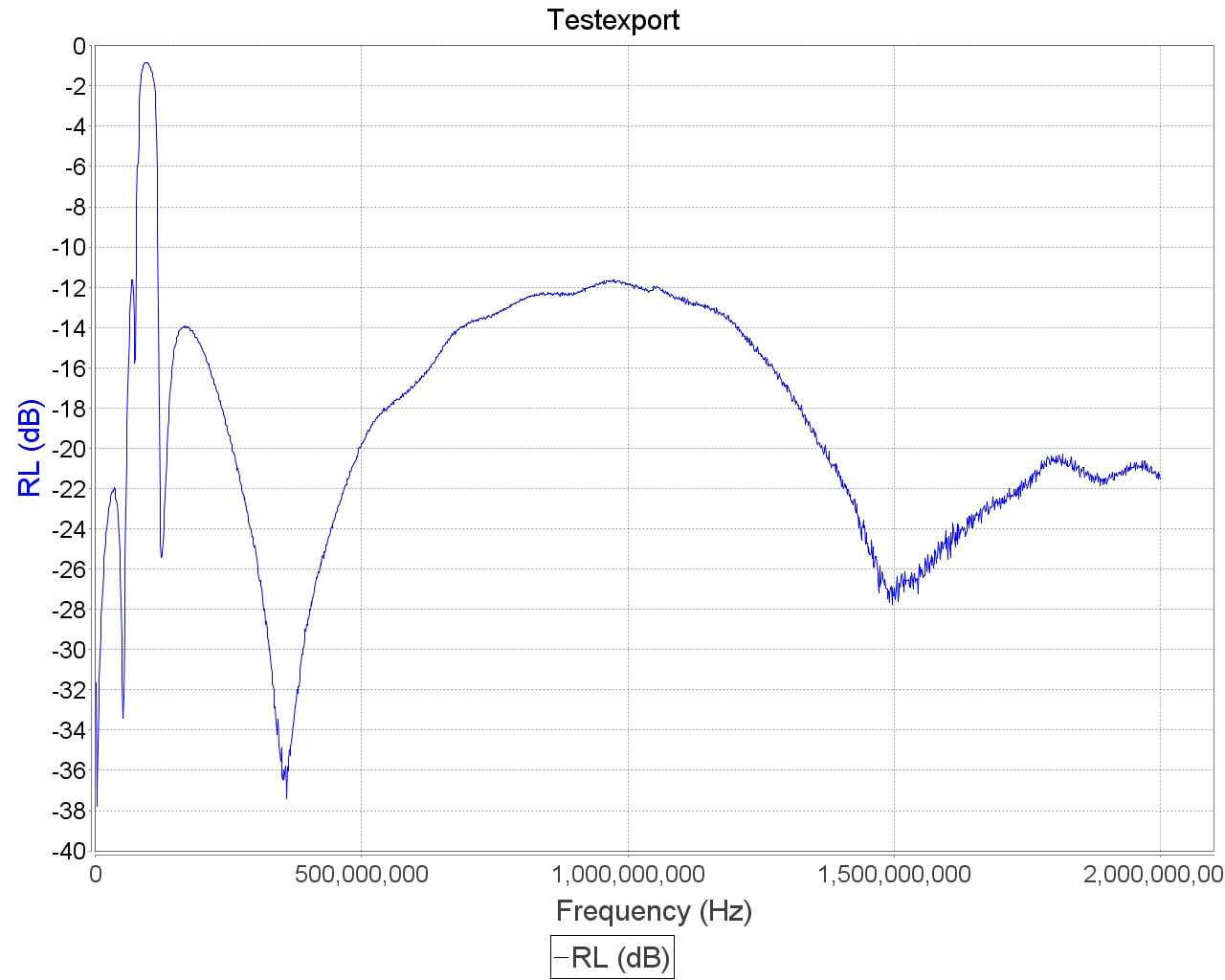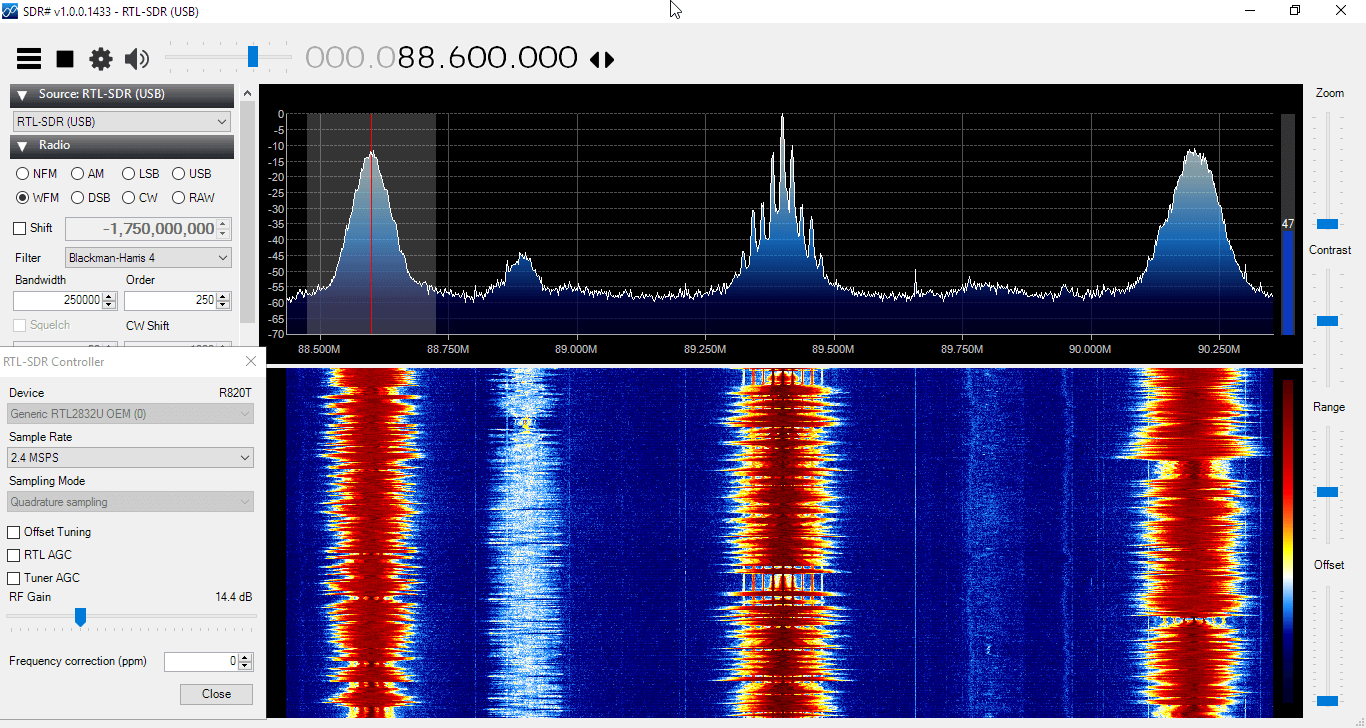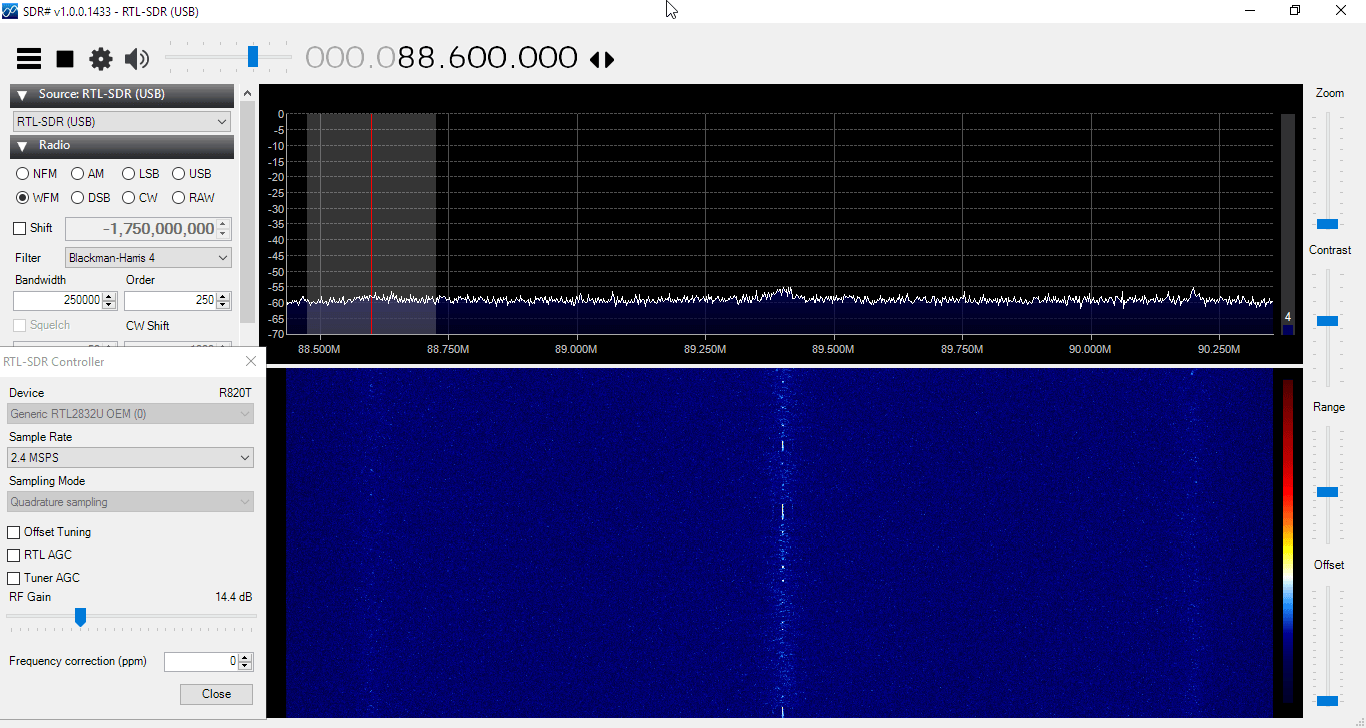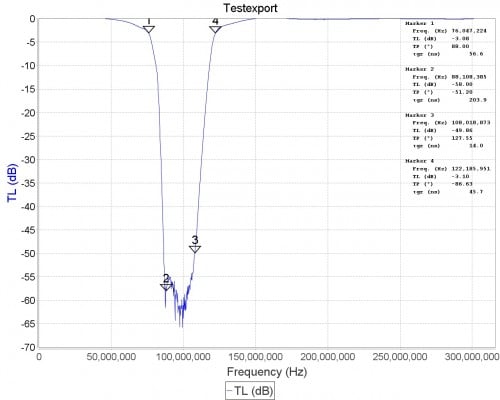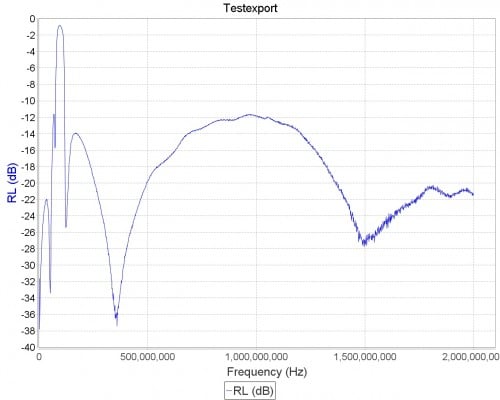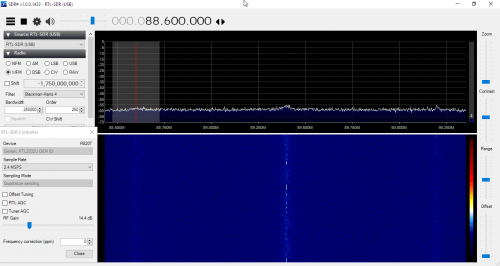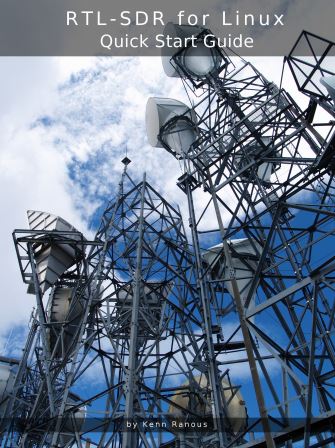RTL-SDR.COM Broadcast FM Band-Stop Filter (88-108 MHz Reject) Now for Sale + RTL-SDR V3 Dongle Availability
In our store we have just released our new broadcast FM band-stop filter. The cost is $14.95 USD with free international air mail worldwide shipping. (Of course you may choose to upgrade to faster shipping if desired). This product is currently only shipping from our warehouse in China and is not available on Amazon for the time being.
The filter comes in a 2.8 cm x 2.8 cm x 1.3 cm aluminum enclosure and uses female SMA connectors on each end. Included in the package is also a SMA male to SMA male straight barrel adapter.
Important Shipping Note: Please note that right now it is the long “Golden week” holidays in China (1 – 7 Oct), so this product will probably ship out next week and there may be some delays relating to heavy “catch-up” mail volumes around this time.

This filter rejects signals between 88 – 108 MHz with around 50 dB or more attenuation. A broadcast FM band-stop filter is very useful for use with SDRs as in some areas broadcast FM signals can be so strong that they overload the SDR, causing very poor performance in other bands. You can tell if this is the case for you if you see images of BCFM stations or interference that looks like a WFM signal at other frequencies when you turn up the gain.
The filter is based on a simple 7th order Chebyshev design. The 3 dB roll off is at 76 MHz and 122 MHz. 88 MHz is attenuated by almost 60 dB, and 108 MHz is attenuated by 45-50 dB. Outside of the pass band the insertion loss is practically zero below 500 MHz, less than 0.5 dB from 500 MHz – 1 GHz, and below 1.5 dB between 1 GHz – 2 GHz. Between 2 – 3 GHz performance degrades slightly, but insertion loss remains below 1.5 dB for most frequencies. The filter can also pass up to 80 mA of DC current (probably can do more) and has negligible DC resistance.
Below we show a comparison of what a cheap $5 TV FM band-stop filter looks like on the network analyzer. You can see that the stop band is attenuated by significantly less, and the insertion losses on other frequencies are much much larger.
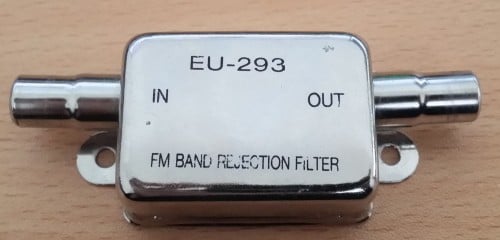
RTL-SDR v3 Availability Note: Our next batch of RTL-SDR v3 dongle stock should be available in 1-2 weeks (there is a delay with restocking due to the Golden week holidays). Production has completed, and we are only waiting for delivery of this stock. Batch 2 includes minor enhancements including slightly tweaked capacitor values, an additional decoupling cap and a fuse on the bias tee.


